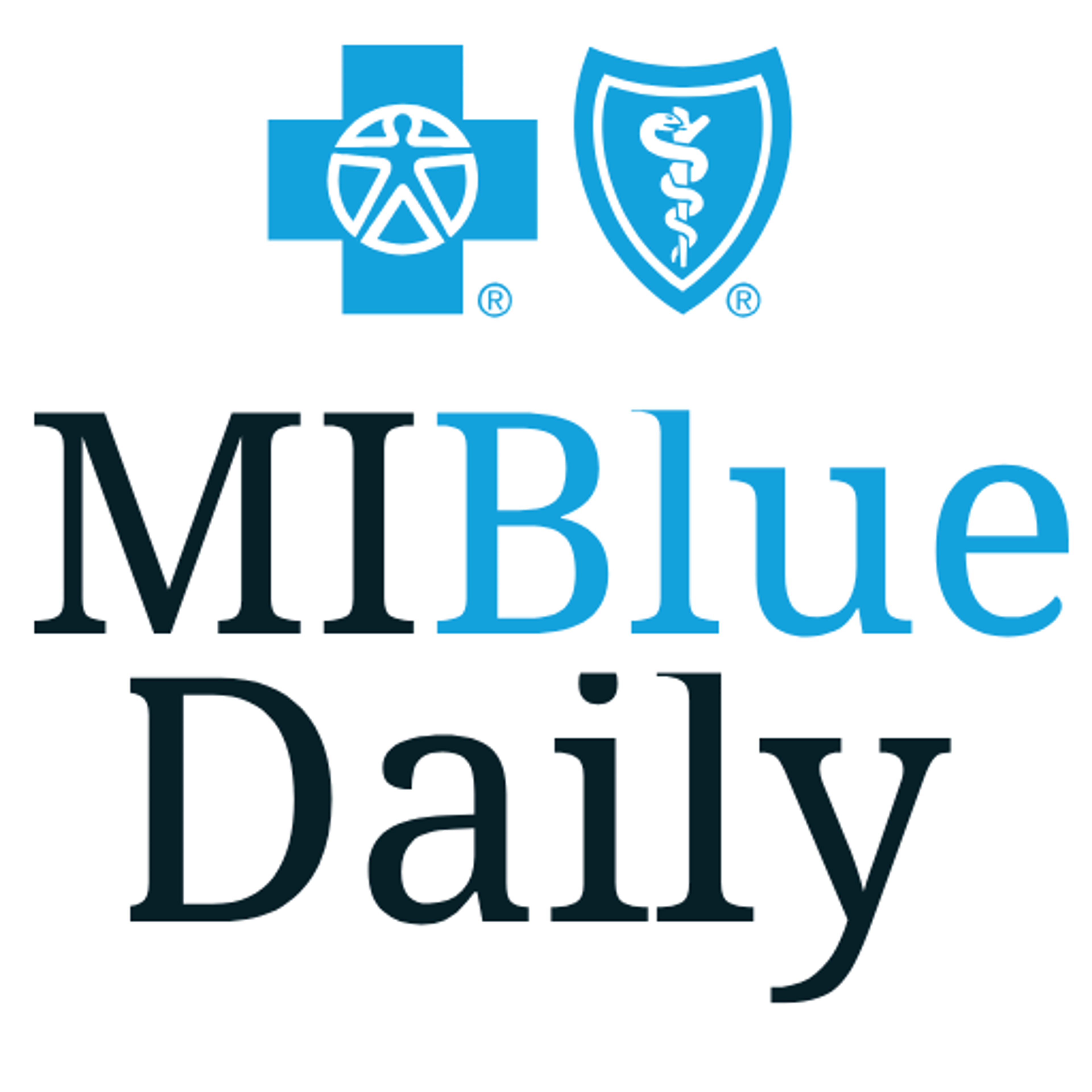What Does HMO Mean in Health Insurance?

Blue Daily
| 3 min read

If you’re checking out your health care options– whether it’s online at healthcare.gov or through the benefit package offered through your company – you may come across this acronym: HMO.
An HMO is one of the main types of health care plans. It stands for Health Maintenance Organization. Let's look at how an HMO works.
How an HMO works
If you enroll in an HMO health insurance plan, each year you have to see your primary care provider for an annual physical. Your annual physical is a great way to re-evaluate your mental and physical health needs on a regular basis.
Your primary care provider plays an important role in helping you navigate your health care options.
If you have a more specific health issue that requires specialized care or evaluation, you must first see your primary care provider. Think of this doctor as your personal health care assistant, who will find you a specialist with the right professional expertise. This is called a referral.
It’s important that both your primary care provider and any specialist you are referred to are a part of your HMO’s network. A network is a group of doctors and other health care providers that have agreed to accept your HMO plan’s payment.
If you see a doctor or specialist who is outside of the network, you will have to pay out-of-pocket for the care provided. Always check to see if the doctor you’re scheduled to see is covered by your health plan before the visit. Blue Care Network members can log in to their member accounts at bcbsm.com or use the mobile app to find out more about their coverage.
Lower costs with HMO plans
Just like car insurance, you pay up front for health insurance coverage to ensure you have it when you need it. You pay for your health insurance each month in a payment called a premium. Your health insurance plan then pays for any health care services you receive at rates they negotiate with health care providers like doctors and hospitals.
One of the perks of an HMO health plan is that it costs you less money each month in premium payments than other types of health plans.
Often, many HMOs also offer you lower out-of-pocket costs for any doctor’s office visits, treatments or tests – these are called copays and coinsurance.
For most young people, health concerns are relatively few – except for the occasional urgent care visit for sicknesses or small scrapes. HMO health insurance plans are a great option for people in their 20s and 30s because they provide health insurance at lower monthly costs and typically offer free and low-cost health checks at an annual physical.
Photo credit: Getty Images
Related:





